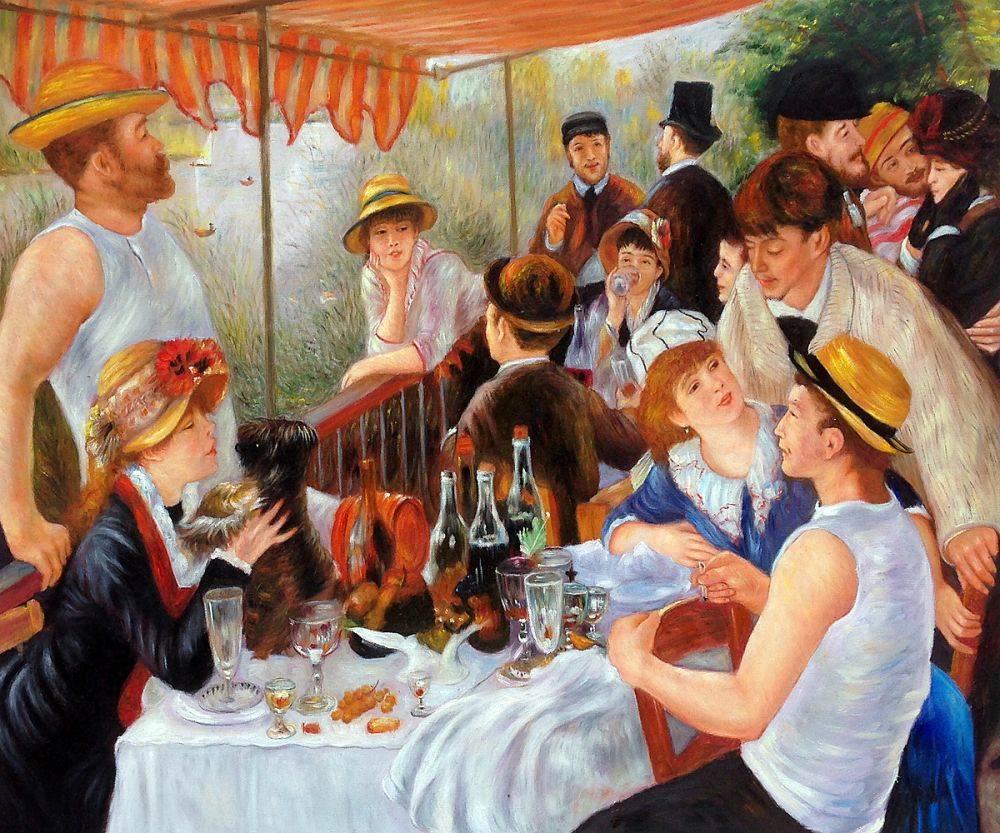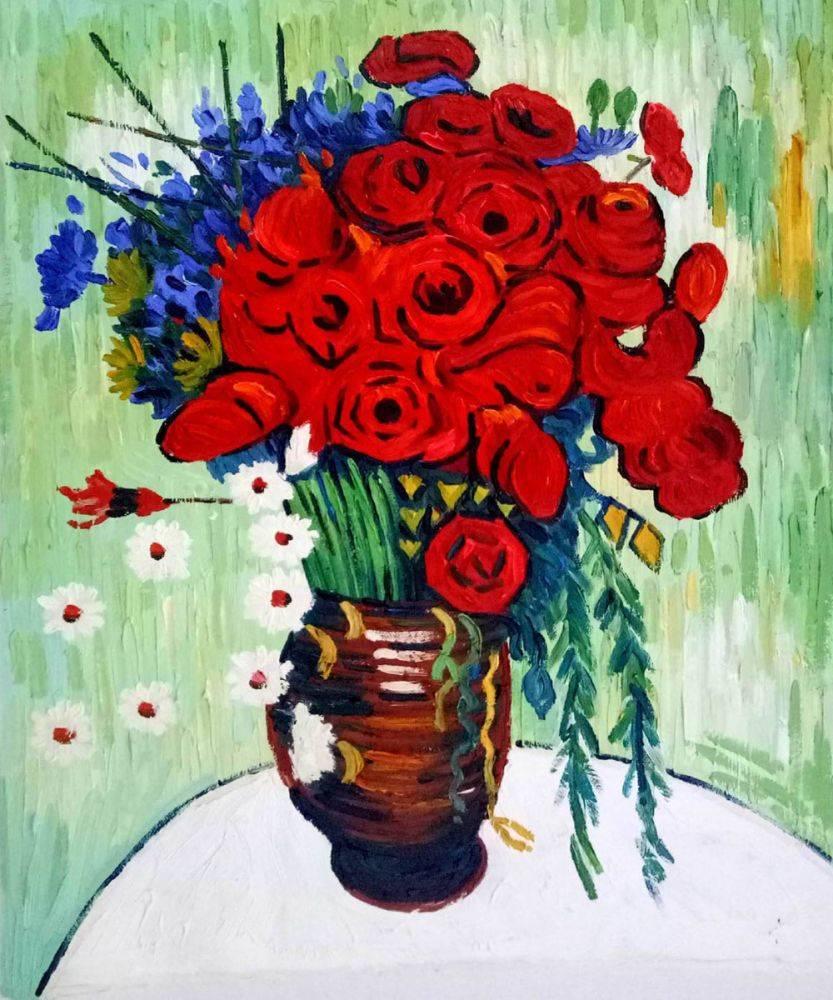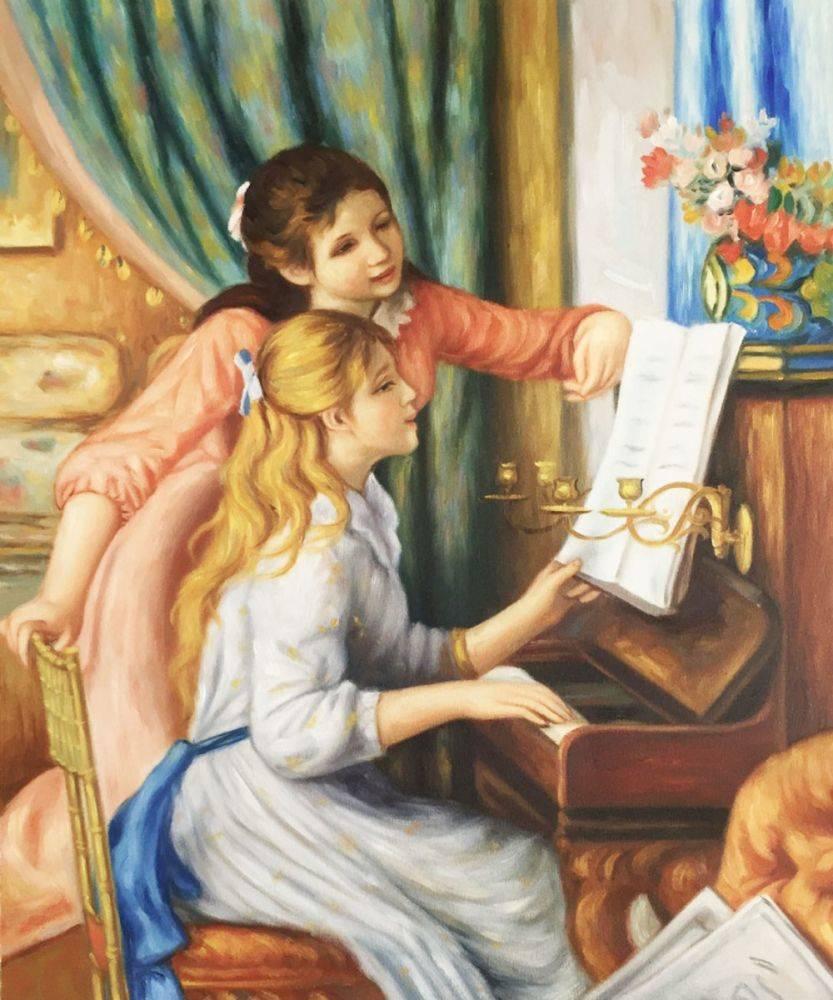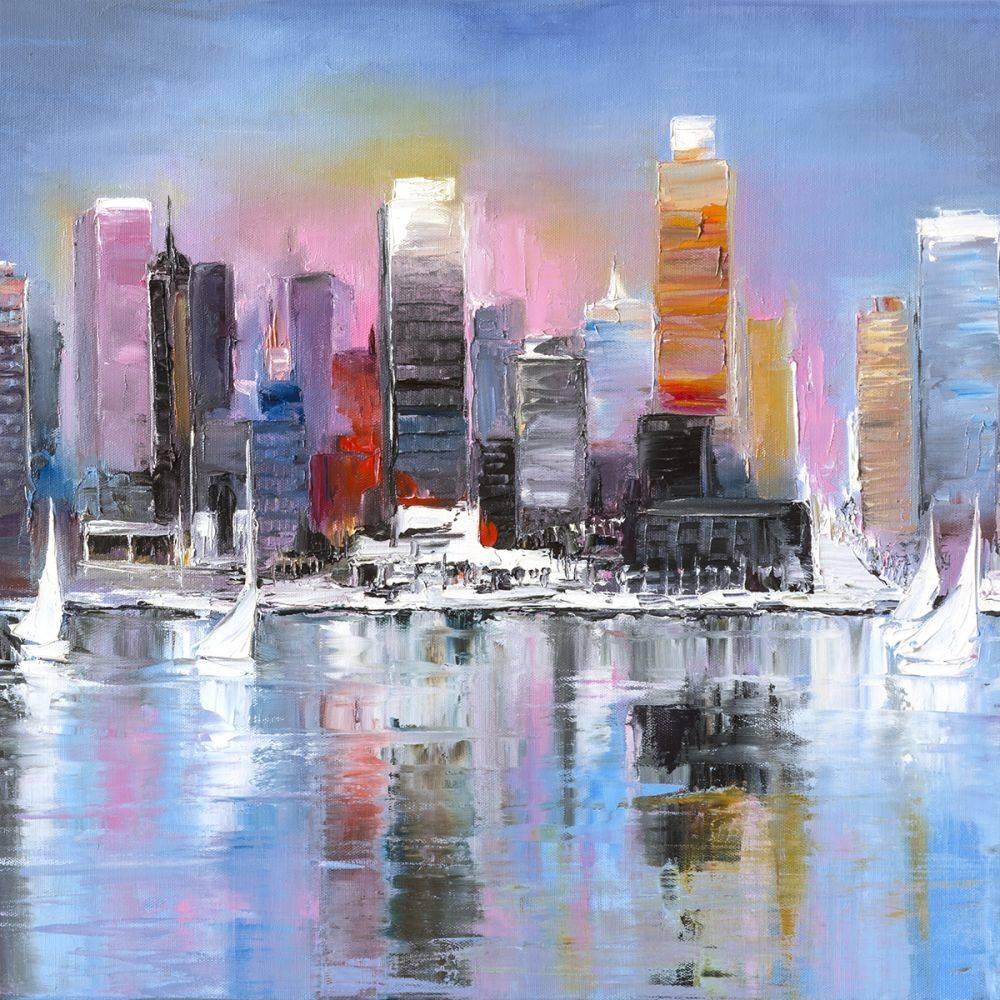Art
Rothko’s Secrets Revealed – The Theory Behind the Illuminating Bands
 Mark Rothko managed to make viewers burst with feelings just by looking at his simplistic illuminating bands. He didn’t care about the color theories, or what the critiques say about his images. He sought to bring out of the viewer’s soul emotions of fear, love or hate. It is said that there were people who actually cried just by looking at his color associations. Some may say that the artist’s powerful passions for his creation may have charged the works of art with the painter’s emotions.
Mark Rothko managed to make viewers burst with feelings just by looking at his simplistic illuminating bands. He didn’t care about the color theories, or what the critiques say about his images. He sought to bring out of the viewer’s soul emotions of fear, love or hate. It is said that there were people who actually cried just by looking at his color associations. Some may say that the artist’s powerful passions for his creation may have charged the works of art with the painter’s emotions.
So how did Rothko manage to bring such feelings to the people who viewed his paintings? In the countless letters, he wrote in his life, Mark Rothko reveals his secrets.
Rothko used the entire spectrum of color. However, he tented to a particular hue depending on the phase through which he passed in his life. For example, in the mid-1950s, he preferred bright reds and yellows instead of dark blues or greens, which he used towards the end of his life, when he was rather depressed. Rothko usually mixed his paints himself. On the untreated, unprimed canvas, he brushed a thin layer of binder into which color pigments had been added. He then fixed this foundation with oils, which he allowed to spread around the unframed edges of the painting. Over these, Rothko applied overlapping color mixtures. These mixtures were strongly tinned. This is why their pigmentation barely adhered to the surface of the picture. The procedure gave his paintings transparency and luminance. The technique continues with the applying of the color layers. Rothko used to lay on the pigments with very light and fast brush strokes, by imagining that the colors were inserted into the painting. Thus, he created a symmetrical underlining that offered him the possibility of juggling with colors. More to say, Rothko gave a dramatic air to his paintings by creating a tension of contrast. Therefore, the colors sustained each other just by their association, their effect on the viewer as by the tension of fixation, which Rothko described as tragic.
 From 1949 to 1956, the artist painted almost exclusively in oils, using mostly vertical formats. The sizes of the canvases exceeded 10 Feet in height. Rothko explained his choice in large-format paintings by making the viewer to stand to a certain distance in order to feel inserted in the atmosphere. “I realize that historically the function of painting large pictures is painting something very grandiose and pompous. The reason I paint them, however – I think it applies to other painters I know – is precisely because I want to be very intimate and human. To paint a small picture is to place a stereopticon view or with a reduction glass. However, you paint the larger picture, you are in it. It isn’t something you command.” Rothko made his paintings in order to be viewed from a certain distance, 45 centimeters. In this way, the viewer would feel inserted in the fields of color, which gave him certain feelings, of anger or happiness. This is why some cry at the pure glimpse of a Rothko painting.
From 1949 to 1956, the artist painted almost exclusively in oils, using mostly vertical formats. The sizes of the canvases exceeded 10 Feet in height. Rothko explained his choice in large-format paintings by making the viewer to stand to a certain distance in order to feel inserted in the atmosphere. “I realize that historically the function of painting large pictures is painting something very grandiose and pompous. The reason I paint them, however – I think it applies to other painters I know – is precisely because I want to be very intimate and human. To paint a small picture is to place a stereopticon view or with a reduction glass. However, you paint the larger picture, you are in it. It isn’t something you command.” Rothko made his paintings in order to be viewed from a certain distance, 45 centimeters. In this way, the viewer would feel inserted in the fields of color, which gave him certain feelings, of anger or happiness. This is why some cry at the pure glimpse of a Rothko painting.




